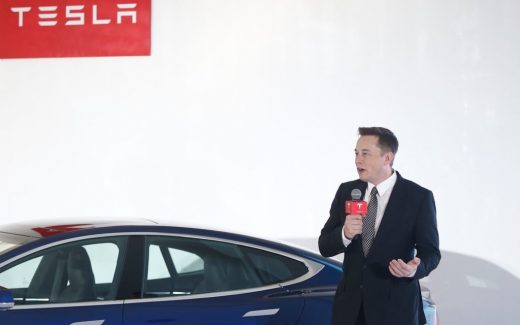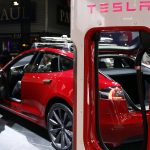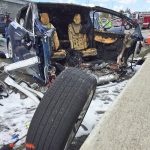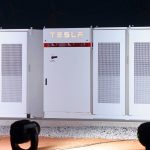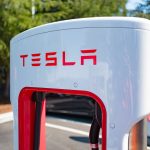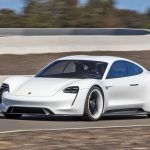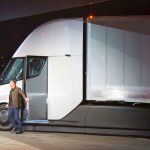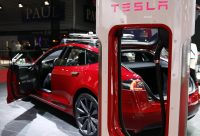China driver notches second Tesla Autopilot crash
China driver notches second Tesla Autopilot crash
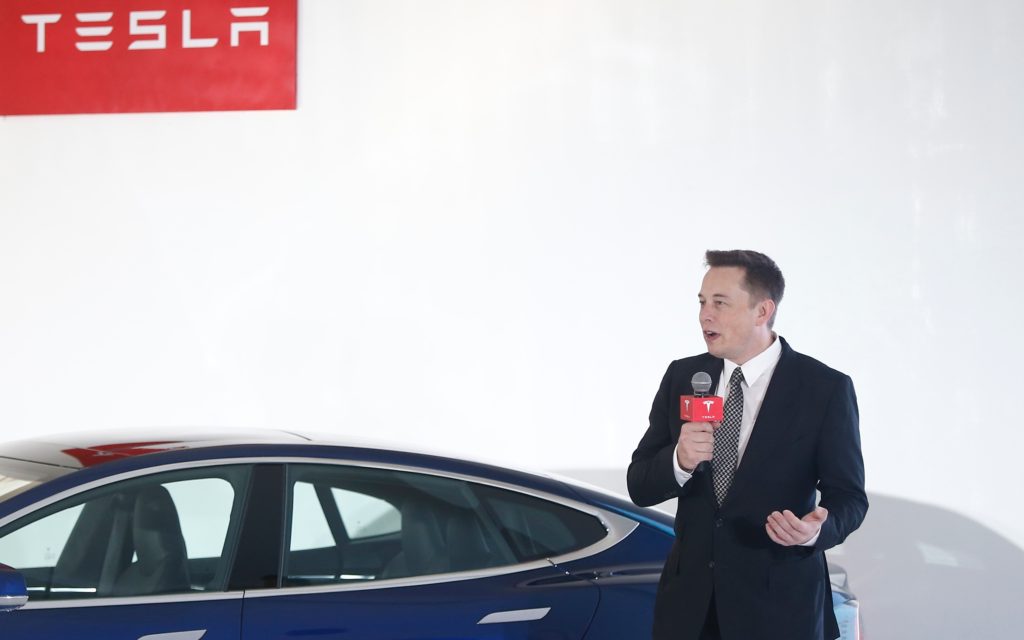
33-year-old Luo Zhen was driving to work on one of Beijing’s busy highways in his Tesla Model S. Like many Tesla drivers, Zhen activated autopilot mode as he often did during his commute.
Unfortunately for Zhen, Tesla’s self-driving system failed to prevent a collision with a stalled vehicle which had been pulled over to the side of the road, partially in his lane.
The result was a side-swipe causing moderate damage to each vehicle, the majority of which were scrapes and scratches. No one was injured. The entire collision was captured on Luo Zhen’s dash-mounted camera.
According to Tesla, Zhen’s hands were not detected on the steering wheel at the time of the accident. Tesla maintains that it requires drivers’ hands to remain on the steering wheel while using the Autosteer feature, which remains in beta. There is even a system in place that if a driver’s hands are not detected on the wheel after a given period of time, an audio alert will remind the driver to do so, and continued absence of the driver’s hands results in the vehicle pulling over and coming to a stop.
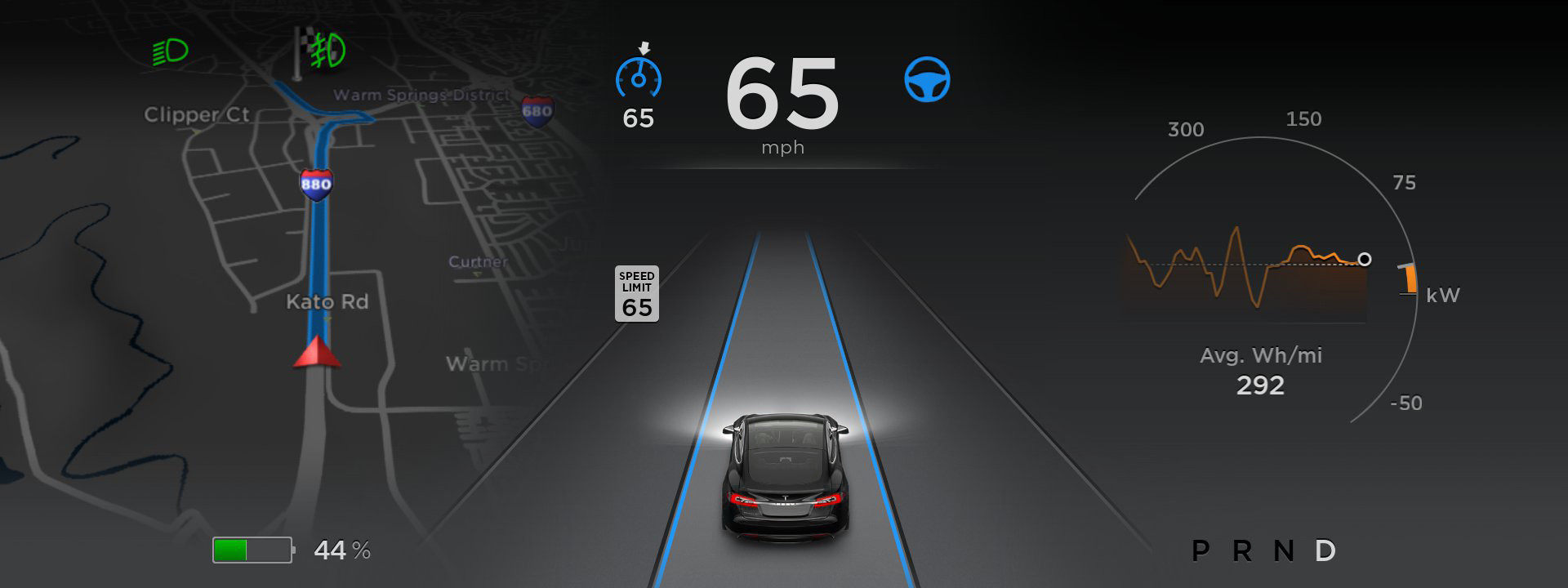
Tesla can be “self-driving”…but not really
Zhen, however, told the media that the dealers he purchased the vehicle from demonstrated that the vehicle could be driven without hands on the wheel. He went on to explain that the dealers described the vehicle as “self-driving,” a term that Tesla does not use in its English advertising or sales material.
This incident comes just months after the first reported case of a fatal collision occurring involving a 2015 Model S Tesla with Autopilot engaged. After some review, Tesla went on to state a failed braking system was at fault, rather than its Autopilot feature.
The legal and regulatory issues surrounding autonomous and self-driving vehicles are vast. Here in the United States, local, state, and federal bodies are scrambling to create and pass legislation that focuses on this emerging technology. Self-driving cars are legal in some areas of the country, and remain unlawful in others. Auto makers and other industry bodies are creating new legal teams focused on navigating through these rapidly changing legal waters, as well.
With accidents like these making headlines, it’s easy to forget just how infrequent these incidents are, and that in many cases, autonomous vehicles have proven as (or even more) safe as those operated by human beings.
The post China driver notches second Tesla Autopilot crash appeared first on ReadWrite.
(21)

